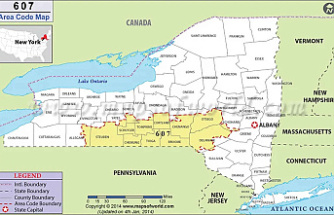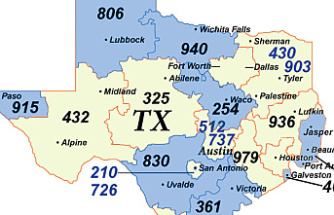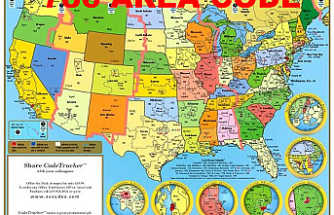Asylum seekers crossing in the dead of night into Canada from the United States may face a new danger in coming weeks, as heavy snowpack melts in the flood-prone U.S. northern plains and province of Manitoba.
The western Canadian province on Monday said the Red River, which runs from North Dakota and Minnesota north into Canada, poses a major flood risk this spring.
Floodwaters that spread over land will make fields hard to navigate in the dark, said Bill Spanjer, emergency coordinator for the Rural Municipality of Emerson-Franklin, Manitoba, where 143 people have crossed illegally since Jan. 1, according to police, after 32 made the trip in December.
“Imagine gumbo and water,” Spanjer said. “It would make even rescues difficult.”
The exodus is partly out of concern they will be deported under U.S. President Donald Trump, whose crackdown on illegal migrants and travel restrictions against some Muslim-majority countries have alarmed asylum seekers.
Fearing they may be returned to unsafe conditions in their native countries, asylum seekers have been traveling by car from Minneapolis, where there is a large Somali community, to North Dakota.
From there, they walk along railway tracks and across open fields for hours to cross an unmonitored stretch of the Canada-U.S. border near Emerson, Manitoba, about 60 miles south of Winnipeg.
Bitter cold, made worse by winds whipping across the plains, have been the biggest danger during the trek, with many dressed inadequately for the elements.
Melting conditions in early February shrank the snowpack, but left the ground saturated and prone to floodwater running across fields if there is further rain or snow, the Manitoba government said.
Floods in the Red River valley are so common that towns such as Emerson sit behind high earth dikes to protect them in case the Red breaches its banks.
The U.S. National Oceanic and Atmospheric Administration said this month that there is a moderate to major risk of flooding from northeast North Dakota to northwest Minnesota, where the region’s wettest soils and deepest snowpack conditions are found.
“There is a huge concern about that,” said J.P. Venegas, senior manager at Welcome Place, a Winnipeg refugee agency, adding he hoped asylum seekers in the United States would hear about the risk before trekking north.
Manitoba Infrastructure Minister Blaine Pedersen said the government is prepared to rescue people if necessary. He could not say if the province and neighboring states are taking any new measures because of the migration.
The amount of precipitation the area receives in the coming months, and the pace at which the snow melts, will be key factors in how severe flooding becomes.
Our editors found this article on this site using Google and regenerated it for our readers.












